 Esperanto
Esperanto
 Shqiptare
Shqiptare
 Euskara
Euskara
 Zulu
Zulu
 Latinus
Latinus
 Cymraeg
Cymraeg
 தமிழ்
தமிழ்
 Slovak
Slovak
 Slovak
Slovak
 Afrikaans
Afrikaans
News Center
What is the difference between the PS2 interface and the USB interface?
Publish:
2022-06-28 15:45
Source:
www.premier-cable.net
What is the difference between the PS2 interface and the USB interface?
The PS/2 interface is an interface on a PC-compatible computer system that can be used to link a keyboard and mouse
The name PS/2 comes from the personal computer introduced by IBM in 1987: PS/2 series
The PS/2 mouse connection is usually used to replace the old serial mouse interface (DB-9 RS-232); the PS/2 keyboard connection is used to replace the large 5-pin DIN interface designed for IBM PC/AT
The keyboard and mouse interfaces of PS/2 are very similar in electrical characteristics, the main difference is that the keyboard interface requires two-way communication
In the early days, if the keyboard and mouse sockets were reversed, most desktop motherboards would not recognize the keyboard and mouse.
Let me introduce to you what the PS2 interface is and what is the difference between the PS2 interface and the USB interface
1. What is the PS2 interface?
1. The PS/2 interface is the most common mouse interface at present. It was originally a patent of IBM, commonly known as "small mouth".
This is a special interface for mouse and keyboard, it is a 6-pin circular interface
But the mouse only uses 4 pins to transmit data and power supply, and the other 2 pins are empty pins
The transmission rate of the PS/2 interface is slightly faster than the COM interface, and it is the standard interface of the ATX motherboard. It is one of the most widely used mouse interfaces, but it still cannot make the high-end mouse fully exert its performance, and does not support hot swapping.
In the BTX motherboard specification, this is also the interface that is about to be eliminated.
2. It should be noted that when connecting the PS/2 interface mouse, you cannot insert the keyboard PS/2 interface by mistake (of course, you cannot insert the PS/2 keyboard into the mouse PS/2 interface)
In general, for a motherboard that complies with the PC99 specification, the mouse interface is green and the keyboard interface is purple. In addition, it can also be judged from the relative position of the PS/2 interface: the keyboard interface is close to the motherboard PCB, and the mouse is above it. interface
Second, what is the difference between the PS2 interface and the USB interface
The most obvious difference between the PS2 interface and the USB interface is that the PS2 interface is a round port, and the USB interface is a square port.
PS2 interface features:
1. Physical connection: Generally, a keyboard with a five-pin connector is called an AT keyboard, while a keyboard with a six-pin mini-DIN connector is called a PS/2 keyboard. In fact, both connectors have only four pins. Significant
They are Clock, Data, +5V and Ground, respectively. On the physical connection between the PS/2 keyboard and the PC, you only need to ensure that these four lines correspond one by one.
The PS/2 keyboard provides +5V power supply from the PS/2 port of the PC. The other two pins, Clock and Data, are open-collector, so a pull-up resistor with a large resistance must be connected.
They usually remain high, and are pulled to low when there is an output, and then automatically float to high
2. Electrical characteristics: PS/2 communication protocol is a bidirectional synchronous serial communication protocol
Both ends of the communication are synchronized through Clock and exchange data through Data. If either party wants to inhibit the communication of the other party, it only needs to pull the Clock to a low level.
If it is the communication between the PC and the PS/2 keyboard, the PC must be the host, that is to say, the PC can inhibit the PS/2 keyboard from sending data, but the PS/2 keyboard will not inhibit the PC from sending data
3. Generally, the maximum clock frequency for data transmission between two devices is 33kHz, and most PS/2 devices work at 10-20kHz.
The recommended value is around 15kHz, that is to say, the duration of Clock high and low levels is 40μs
USB interface features :
1. It can be hot-swapped, that is, when the user uses an external device, there is no need to shut down and turn it on, but directly plug in the USB when the computer is working.
2. Easy to carry USB devices are mostly "small, light and thin". For users, it is very convenient to carry a large amount of data with them. Of course, USB hard disk is the first choice.
3. Standard unification Commonly used are hard disks with IDE interface, mouse and keyboard with serial port, printer and scanner with parallel port, but after USB, these application peripherals can all be connected to personal computers with the same standard, then there is USB hard disk, USB mouse, USB printer, etc.
4. Multiple devices can be connected. USB often has multiple interfaces on personal computers, and several devices can be connected at the same time. If a USB HUB with four ports is connected, it can be connected again; four USB devices are connected to By analogy, you can connect as much as possible, and connect all your devices to a personal computer at the same time without any problems
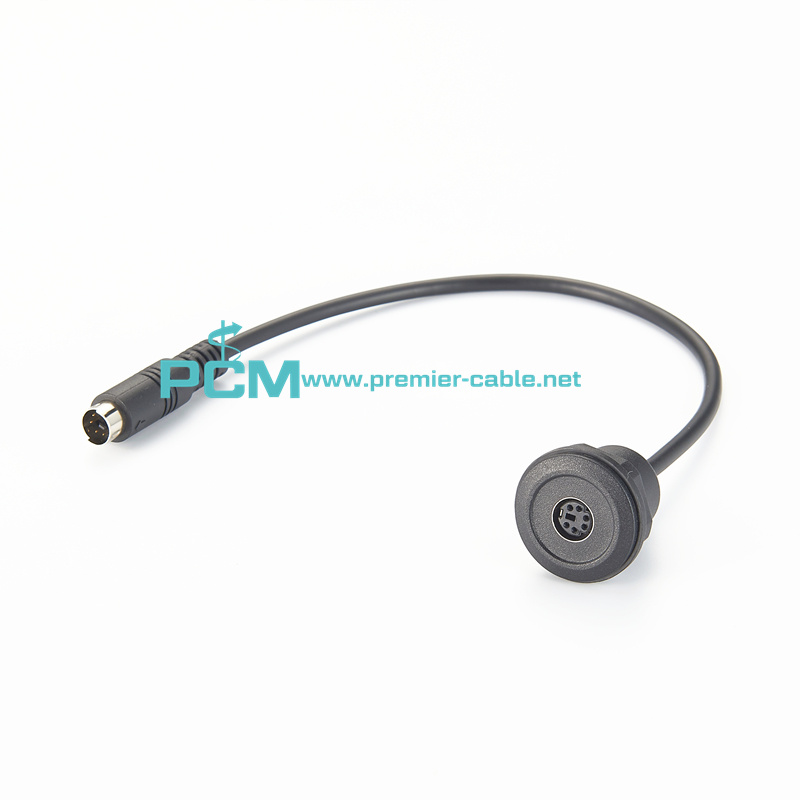
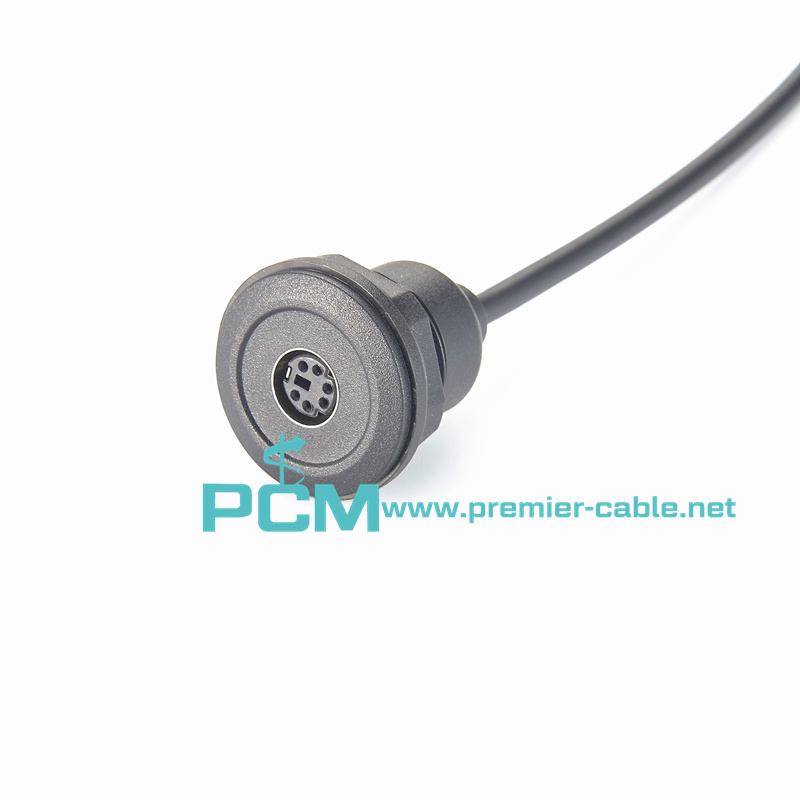
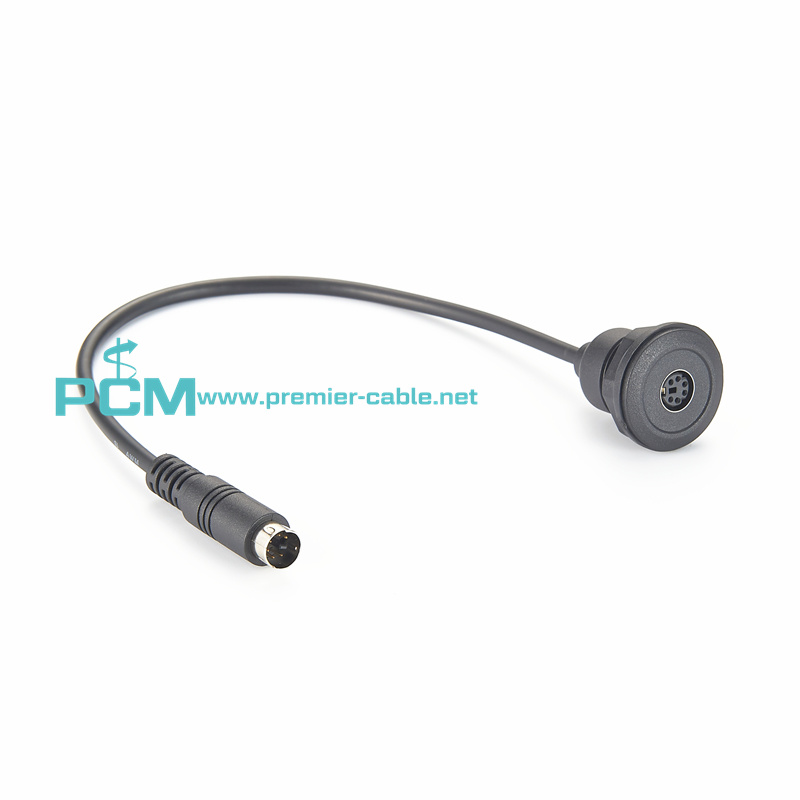
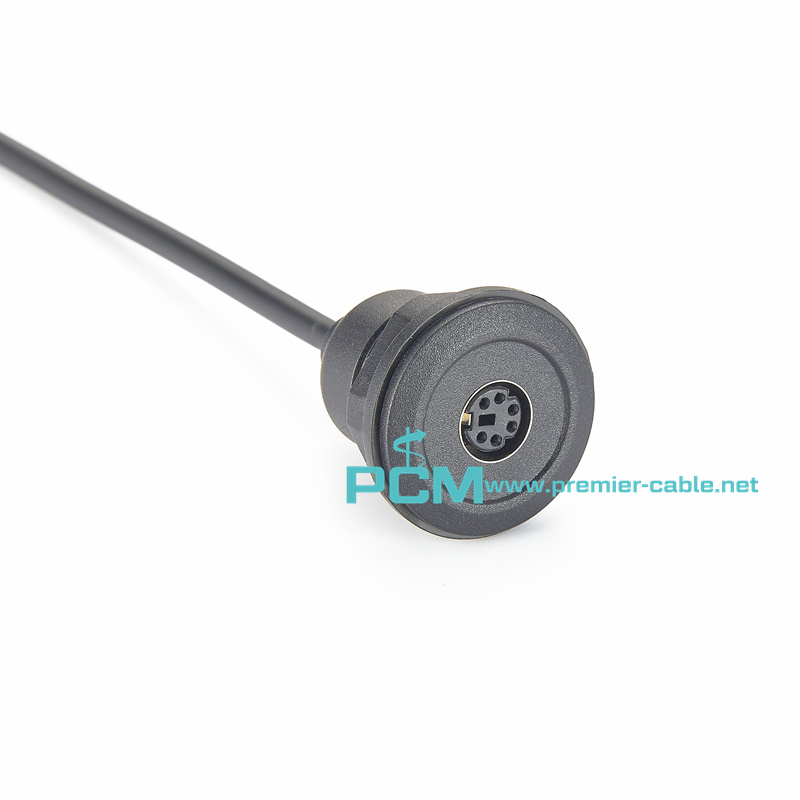
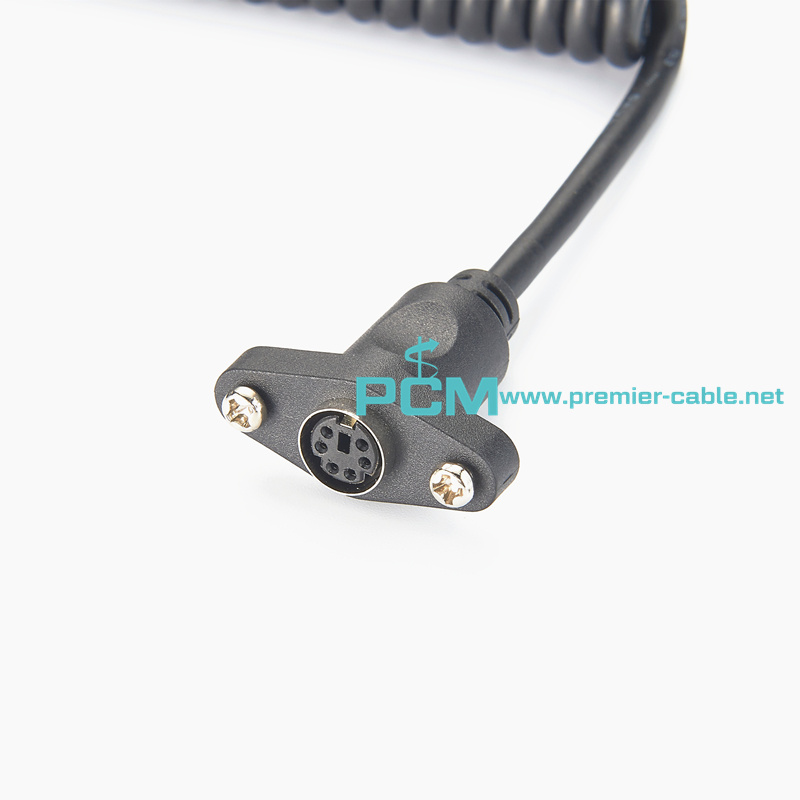
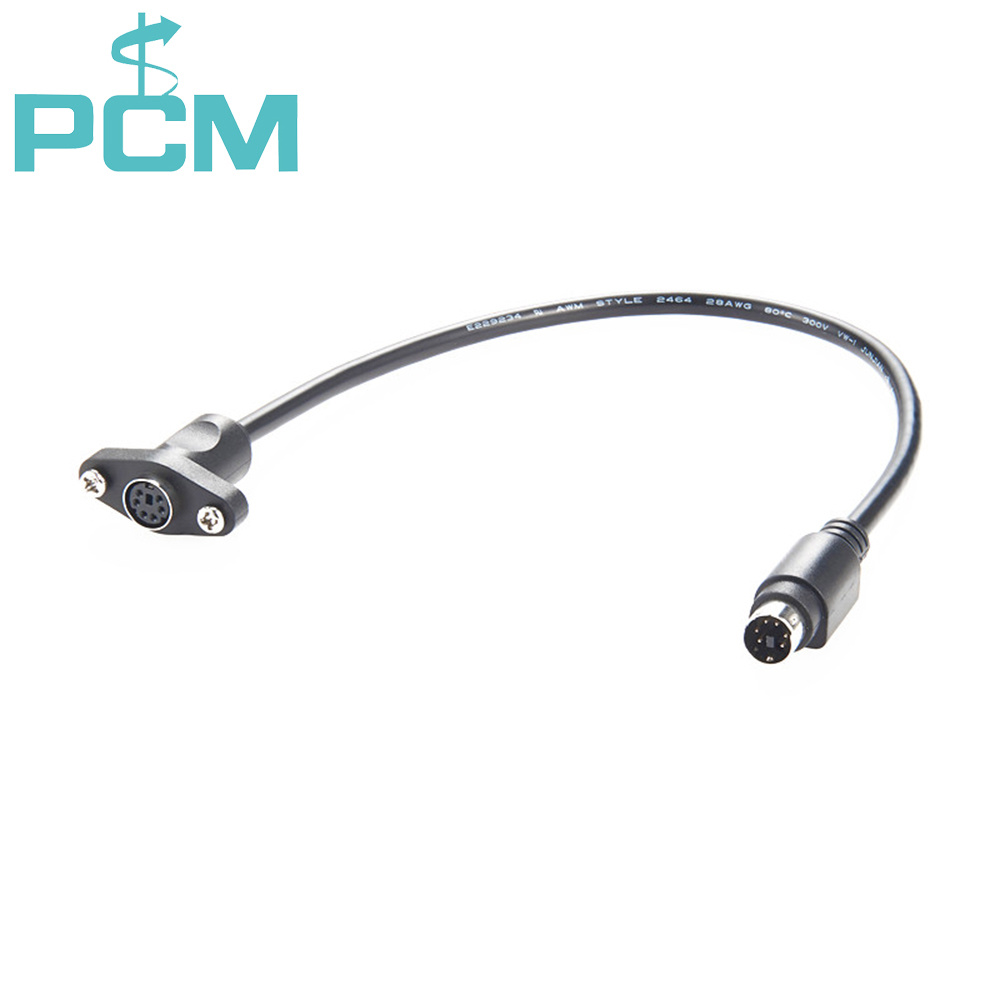

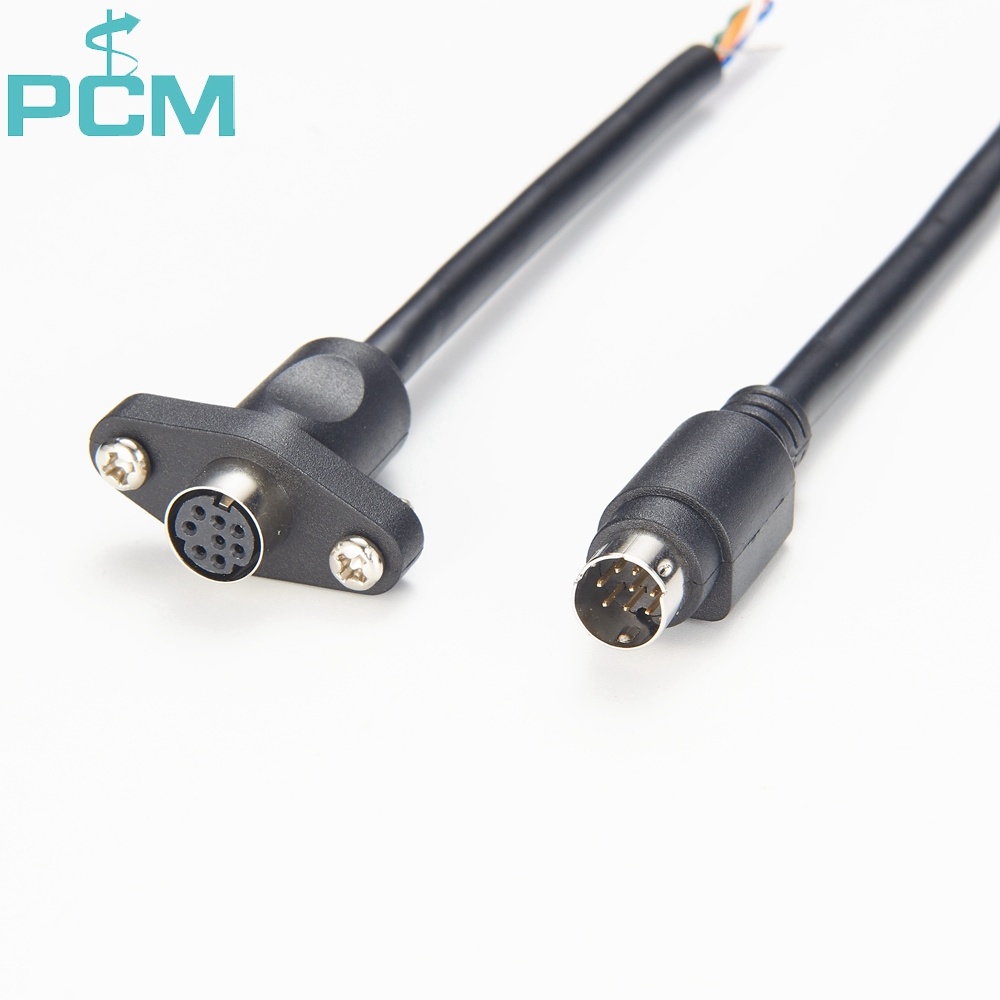
Related News
What is a terminal block used for?
While there are many factors to consider when designing an overall system, terminal blocks are an optimal solution for complex electrical system connections. With a variety of color options and configurations, Premier Cable’ terminal blocks offer a range of options to meet your design challenges.
CAN-bus has been widely used in various automation control systems. For example, CAN-bus has incomparable advantages in various fields such as automotive electronics, automatic control, smart buildings, power systems, and security monitoring.
Introduction to M12 connector pin coding
M12 encoding types are A encoding, B encoding, D encoding and X encoding. A-code, B-code and X-code are some of the earliest developed and longest-available M12 connectors. The latest M12 coding types currently under development are K coding for AC and L coding for PROFINET DC.
Cables – What are the correct cable sizes for an NMEA 2000 network?
The three different sizes of NMEA 2000 certified DeviceNet standard cabling are "micro," "mid," and "mini."
What are the advantages of NMEA 2000?
The Premier Cable Starter Kits provide everything you need to get to create a basic NMEA 2000 network from scratch.
The role of DeviceNet terminal resistor
DeviceNet_network is a fieldbus network protocol based on Controller Area Network (CAN). In the DeviceNet network, the terminal resistor plays the role of compensation and protection for signal transmission. The function of the terminal resistor is to eliminate signal reflection and interference and ensure the signal transmission quality.
